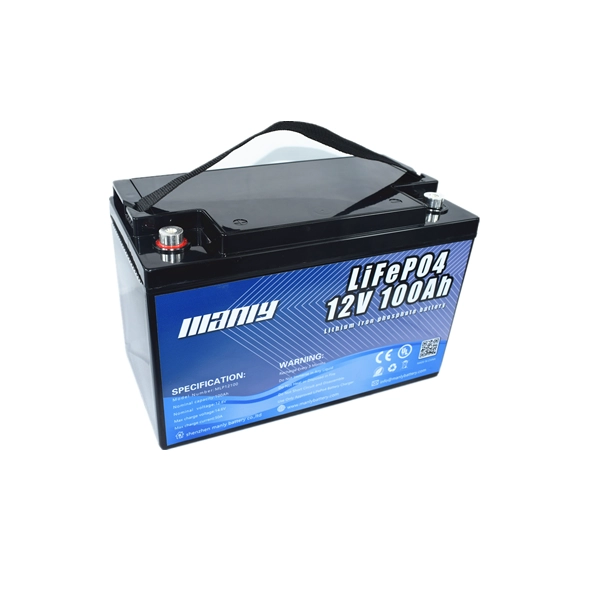The global demand for lithium phosphate batteries(LFP) continues to rise.
Table of Contents
1.The Global usage of LFP
1.1 The proportion of using LFP by BYD and TESLA
In the context of rising battery raw material prices, LFP batteries have a cost advantage because they do not contain expensive nickel, cobalt, and manganese. Tesla has already start to purchase LFP batteries from Chinese company CATL. LFP batteries will be used in the standard range Model 3 and Model Y. The prices of these two models were reduced by up to 15% in beginning of this year.
Lithium iron phosphate has a price advantage. Since the breakthrough in energy density of lithium iron phosphate batteries, it has begun to surpass the marketing share of ternary batteries. It has maintained its lead for nearly two years now. Of course, the two global new energy vehicle giants of BYD and Tesla also is a crucial role in promoting the lithium iron phosphate battery market.
The data from the Power Battery Alliance: In January of this year, the proportion of BYD’s lithium iron phosphate battery installed more than half, reaching 51.52%, and CATL accounted for 33.63%. According to data from the China Association of Automobile Manufacturers: In January of this year, BYD has the ratio of self-use battery was 94.4%, and Tesla accounted for 22.7% of the total installed capacity of CATL batteries.
Currently, China occupies a dominant position in the global production of lithium iron phosphate batteries. According to data from battery materials analysis company Benchmark Minerals, China will account for 99.5% of global supply of lithium iron phosphate batteries this year. The company predicts that China’s production capacity of lithium iron phosphate batteries will account for 97% of the world’s planned production capacity by 2030.
1.2 The proportion of using LFP in china
According to data from the China Power Battery Industry Innovation Alliance (referred to as the “Power Battery Alliance”), domestic production of ternary batteries in January of this year was 9.8 GWh, accounting for 34.8% of total production, while the production of lithium iron phosphate batteries was 18.3 GWh, accounting for 65.0% of total production.
CATL is currently expanding in Europe and began pre-production at its factory in Erfurt, Germany, at the end of last year. This factory had achieve capacity of 14 GWh. The company plans to set up six cell production lines at the factory by the end of 2023. However, the company has not revealed which type of battery will be produced at the factory.
In January, China’s ternary lithium ion battery installed capacity was 5.4 GWh, accounting for 33.7% of total installed battery. However the lithium iron phosphate batteries was 10.7 GWh, accounting for 66.2% of total installed battery.
2. Famous automaker plans to use LFP
Some european automakers currently use NMC (nickel, manganese, and cobalt) ternary lithium batteries which is high watt density but expensive . However, they face increasing competition, as some car companies use LFP batteries in electric vehicles from China.
Stellantis CEO Carlos Tavares said, “We need LFP batteries, we will have LFP batteries, because they are cost-competitive to produce affordable vehicles for the middle class.” Tavares did not reveal when Stellantis will launch vehicles with LFP batteries in Europe. The question is place where to purchase LFP batteries from Europe or other regions.
Stellantis will purchase standard NMC batteries from France, Germany, and Italy through its joint venture company of ACC with Mercedes-Benz and TotalEnergies.
Tavares said the first plant will begin producing prototype batteries in Douvrin, France at the second half of this year, and start full production from 2024.




 Image source: https://www.ford.com.cn/
Image source: https://www.ford.com.cn/